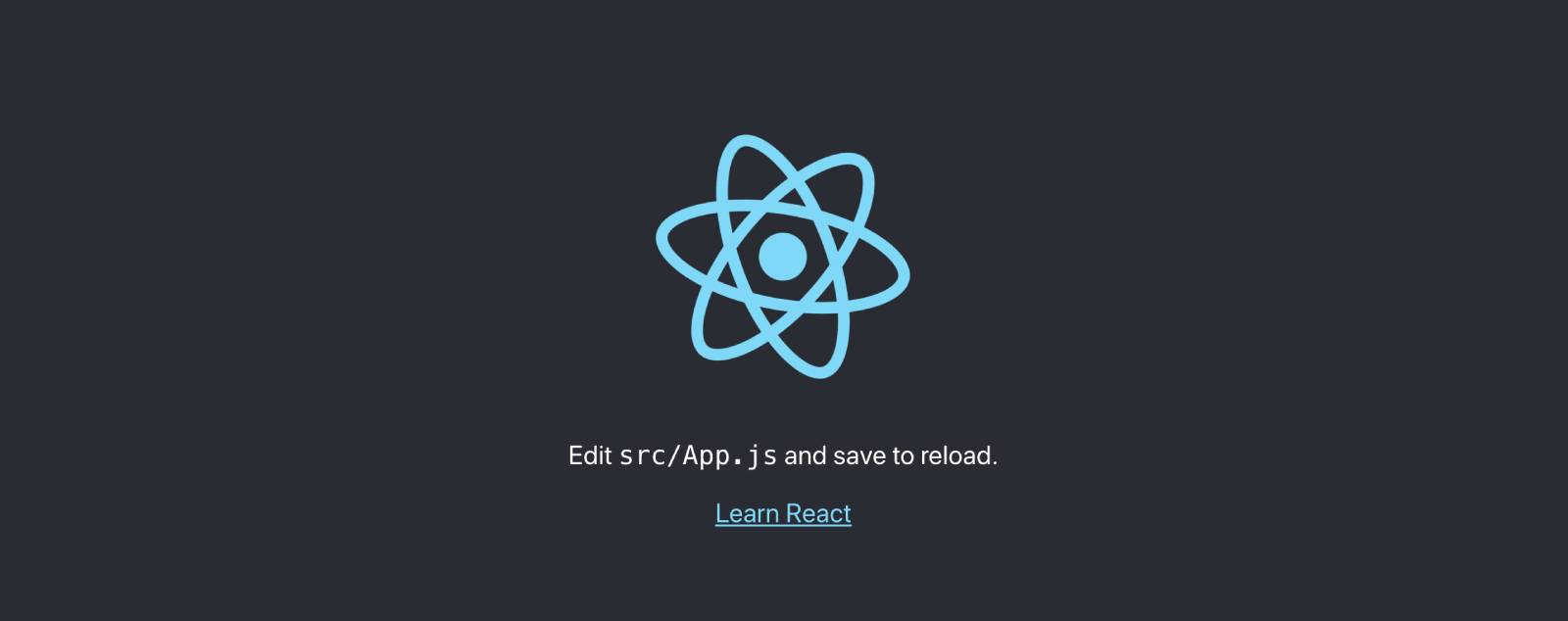What is react?
React or ReactJS is a component-based JavaScript library for building user interfaces. It is one of the most popular JavaScript UI libraries. Component-based means a complex UI is broken down into small pieces called components. These small components can manage their own state and encapsulate their own logic.
CRA - Create React App
Create React App makes getting started with React very easy. You will need to have Node >= 8.10 and npm >= 5.6 installed on your machine. If you don’t already have it installed on your machine you can head over to nodejs.org and download & install it before moving forward.
Once you are done installing Node, you can either use the npm (comes bundled with node) or yarn package manager. I prefer yarn, let’s go ahead and install it. Run the following command on your terminal/command line:
npm install --global yarn
Assuming that you have Node >= 8.10 and npm >= 5.6 and yarn installed on your machine, open terminal/command line and run the following command.
npx create-react-app my-first-react-app
This will install
- create a folder called my-first-react-app
- install all the dependencies required
Once the installation is complete run the following commands
cd my-first-react-app
To move into the newly created folder
yarn start
This will start a local dev server on your local host at port 3000 http://localhost:3000/
Our first component
Open the my-first-react-app folder in your an editor of your choice. Under the src folder create a new file FirstComponent.js.
Add the following code to this file and save it:
import React from 'react';
const FirstComponent = () => {
return <h1>This is my first component</h1>;
};
export default FirstComponent;
As you can see, the component code is all JavaScript. We are importing react as it is required to render the component. We are using arrow function in our code but you can use normal function syntax too.
That HTML content we are returning from is JSX, it looks very much like HTML but it is not.
Now open App.js and remove all the code in the file and replace it with the following code.
import React from 'react';
import FirstComponent from './FirstComponent';
import './App.css';
function App() {
return (
<div className="App">
<header className="App-header">
<FirstComponent />
</header>
</div>
);
}
export default App;
import FirstComponent from './FirstComponent'; is used to import the component into the App.js file.
<FirstComponent /> is how we use the component, basically telling react to render our component.
Now if you visit http://localhost:3000/ you should see This is my first component on the screen.
Couple of things to note before we move forward:
Appis also a component.- Both
AppandFirstComponentare function components.
We can use the same component multiple times, add another <FirstComponent /> below the first one so our App.js file will look like this:
import React from 'react';
import FirstComponent from './FirstComponent';
import './App.css';
function App() {
return (
<div className="App">
<header className="App-header">
<FirstComponent />
<FirstComponent />
</header>
</div>
);
}
export default App;
Our component is static as in it will show the same text everywhere, we can make dynamic by using props.
props
We can pass data to a component using props. In our case we want we would like our component to display some text that we want. Let’s update the FirstComponent.js file:
import React from 'react';
const FirstComponent = ({ text }) => {
return <h1>{text}</h1>;
};
export default FirstComponent;
Now our component will take a props called text and display the value that is passed to it within the h1 tags.
So let’s update App.js to reflect the changes we have made to FirstComponent.
import React from 'react';
import FirstComponent from './FirstComponent';
import './App.css';
function App() {
return (
<div className="App">
<header className="App-header">
<FirstComponent text="First Header" />
<FirstComponent text="Second Header" />
</header>
</div>
);
}
export default App;
Now if you visit http://localhost:3000/ you will see you different headings.
In our next post we will have detailed look at JSX.
You can find the code on GitHub

